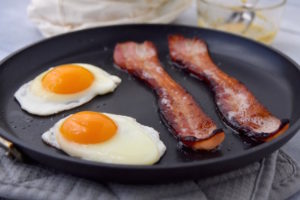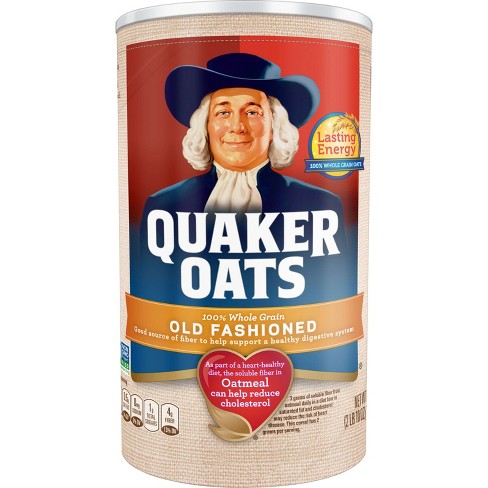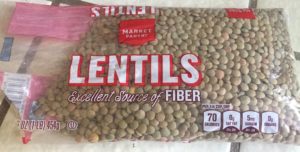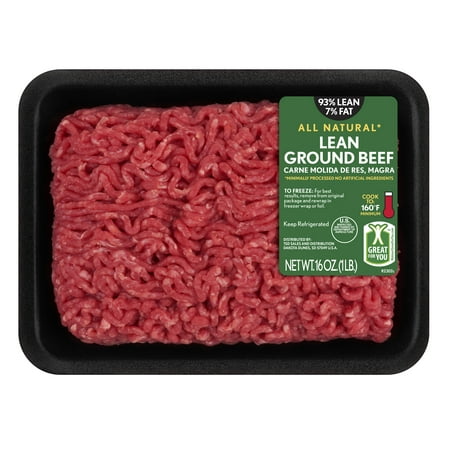 vs.
vs. 
Man, I used to love bacon and eggs. There was nothing better than waking up Saturday morning with cartoons on the agenda and the smell of bacon and eggs wafting to my bedroom from the kitchen. I have clear memories of my mom frying eggs for us kids using leftover bacon grease so the eggs wouldn’t stick to the pan. Nothing wrong with that, right? Actually, there’s a lot wrong with that! I’m not blaming my mom, or any other moms or dads out there. After all, they are–or were–just trying to feed their kids what they believed was a healthy breakfast.
But let’s compare the nutritional value between a breakfast consisting of eggs and bacon, and a breakfast consisting of a bowl of oatmeal.
Bacon
For this example I’m using “Hardwood Smoked Classic Cut Bacon” from the Market Pantry company. The nutrition information I’m taking is from Target. Here’s what it says:
Serving Size 15g (1 slice, so DOUBLE it if you’re seeking the content of two strips)
Calories = 90
Calories from fat = 60
Cholesterol = 15mg (5% Daily Value, based on a 2,000 calorie diet)
Protein = 5g (10% DV)
Saturated Fat = 2.5g (13% DV)
Sodium = 270mg (11% DV)
Total Carbohydrate = 0g
Total Fat = 7g (11%)
Trans Fat = 0
Eggs
For this example I’m using the label information from a dozen Large Grade A eggs from the Market Pantry brand, again from Target. Here’s what this label says:
Serving Size = 50 grams (1 egg, again DOUBLE it if you’re comparing a breakfast of two eggs & two strips of bacon)
Calories = 70
Calcium = (2% daily value, based on 2,000 calorie diet)
Cholesterol = 185mg (62% DV)
Calories from fat = 45
Iron = 4%
Protein = 6g (12% DV)
Saturated Fat [define SF, and provide link] = 1.5g (8% DV)
Sodium = 70mg (3% DV)
Total Carbohydrate = 0g
Total Fat = 5g (% DV wasn’t listed)
Vitamin A = 6%
Vitamin C = 0%
If you want to read about the nutritional value of consuming an entire egg or eating just the egg white, there’s a concise article here: https://www.livestrong.com/article/273210-nutritional-value-egg-yolk-white/
Oatmeal
For this example, I’m using Quaker Oats 100% Old Fashioned Oatmeal. On the label the ingredients are stated as: “100% Natural Whole Grain Quaker Quality Rolled Oats.” Let’s take a look at how the nutrition information compares to bacon and eggs:
Serving Size = 1 cup dry (40g)
Calories = 150
Calories from fat = 25
Total fat = 3g (4% Daily Value based on 2,000 calorie/day diet)
Saturated fat = 0.0g
Tran fat = 0g
Monounsaturated fat = 1g
Cholesterol = 0.00mg (0% DV for those keeping track)
Potassium = 150.0 mg (4% DV)
Total Carbohydrate = 27g (9% DV)
Dietary fiber = 4g
Soluble Fiber = 2.00g
Insoluble Fiber = 2.00g
Sugars = 1g
Protein = 5g
Okay, but what about satiation?
My largest apprehension when it came to transitioning to a vegan diet was whether or not I’d feel satiated, or satisfied. After all, I’m a runner and mountain biker, and there’s nothing worse than bonking out on the trail, miles from home. Well, I take that back. Hitting a tree is definitely worse than having a food bonk. I’m here to tell you food bonking has become a non-issue. Depending on the length of my ride or run, I may add some nuts to my oatmeal, some banana, some coconut, etc. —and I feel great! I used to stuff myself as much as possible with pancakes and eggs before a long ride with friends, because after trial and error, I learned that the carbohydrate to protein mix served me well. However, I’d often find myself too hungry before we stopped for our first break. In retrospect, I probably could’ve found a better pancake batter. But with oatmeal, I feel great and the energy is sustainable. Last April I competed in a grueling, 19-mile cross country style mountain bike race that included 4,000 feet of climbing. All I had for breakfast was some oatmeal, some nuts and some berries thrown on top.
I encourage you to experiment. See what works for you. As you learn what serves your body, and your fitness, you’ll naturally make adjustments. If you’re a hiker, walker or cyclist, it’s a good idea to pack some added nutrition, like a Clif Bar or some fruit and/or nuts with you just in case you feel that last meal burning off too quickly.
I hope this was helpful. Would love to hear some of your experiences.




